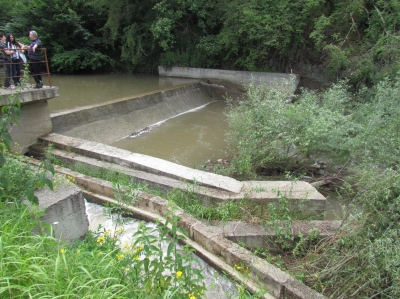

EcoLur
In the framework of the project entitled “Support to the Reforms of SHPPs through a Dialogue between the Public and The Ministry of Nature Protection of the RA for the Purpose of River Ecosystem Use” the expert group visited “Sirarpi” SHPP. “Sirarpi” SHPP is located in the administrative area of Tsaghkavan community, Tavush Region, and is constructed on Hakhum River (river length – 71 km). The SHPP is developed by “Sirarpi AH” LLC.
As a result of the monitoring the expert group found out:
- The SHPP has been operating since 2011.
- The head section has a fish pathway – 6.70 meter long and 1.10 meter wide. The fish passway is made of concrete, while the floor is covered with uneven cobblestones. The structure of the fish pathway is sufficient to ensure the natural movement of the fish in the river.
- There is fish-protecting net, which is located directly on the aqueduct.
- You can find the following fish species in SHPP head section of the Hakhum River: brown trout Salmo fario, the Kura barbel - Barbus cyri, the South Caspian sprilin - Alburnoides eichwaldii, Sevan khramulya - Capoeta sevangi /red-listed in Armenia/. The Prussian Carp - Carassius gibelio may also live here, as they can flow up from Tavush reservoir.
- The environmental flow in the water usage permit is laid down 0.065 cum/s, the SHPP construction project says it’s 0.070 cum/s, while according to “Sirarpi AH” LLC, it’s 0.100 cum/s.
- Visual observations showed proper incline in the water intake dam and fish pathway, which ensured smooth passage of the environmental flow into the river. It was low-water season, but the water in the fish passway was sufficient for the fish (even it was tested by closing the valve).
- Up the head section is the irrigation water intake of Tsaghkavan community. In irrigation months the SHPP works with low productivity.
- The technical solutions for laying a 2756-meter-long pressure pipeline complied with the project.
- The SHPP runs through community-owned land areas full of trees. The areas are completely reclaimed and vegetation layer is recovered.
- According to SHPP administration, tree felling hasn’t been performed.
- There are two Chinese-made turbines installed in the SHPP building, but only one was working. As the worker assured, the reason for the non-operation of the turbine was the loss of pressure in the pipeline and low water.
- The area significantly differs from the natural landscape. The area of the station could be better in terms of greening and improvement, as the natural climate conditions are favorable for tree growing. Fruit trees were planted for greening, as well there vegetables were cultivated.
- Only SHPP turbine substation is fenced: the transformer is equipped with oil-collecting system.
- No solutions were provided for sewage discharge.
- Free water usage requirement is performed.
- There were no landscape violations and signs of landslides.
- The water intake section didn’t have a water-measuring device sealed by a relevant environmental body.
- Automatic management system operates in the station. Automatic management system of the water level in the water intake is missing.
Proposals
- To install a fish-protecting net at the beginning of the concrete-made aqueduct, which won’t allow the small fish to flow into the pipeline.
- To install a water-measuring device in the water intake sealed by the relevant environmental body and automatic management system of the water level.
- To install a biotoilet or a water-proof hole for the discharge of the sewage.
Proposal from SHPP representative to Nature Protection Ministry:
- To introduce such a water-measuring device to SHPPs, which will be acceptable for the Nature Protection Ministry, as well as to introduce the procedure of obtaining such water-measuring devices and sealing them.
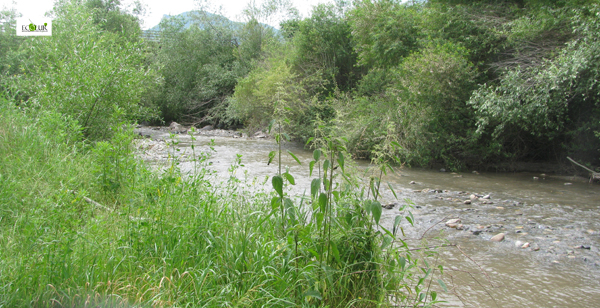 |
 |
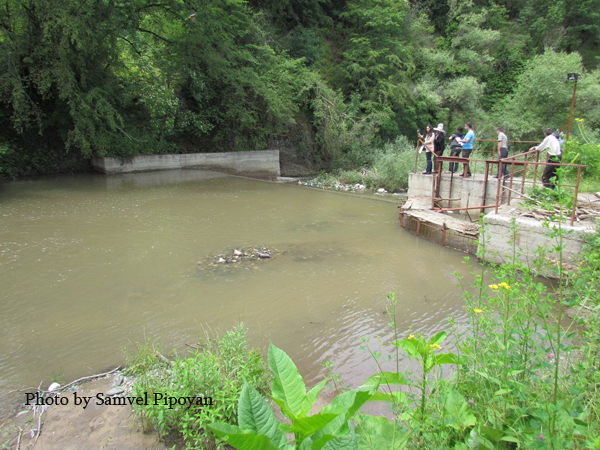 |
 |
 |
 |
 |
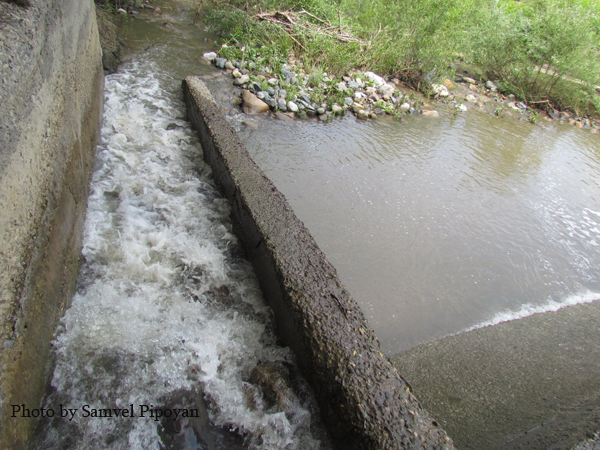 |
 |
 |
 |
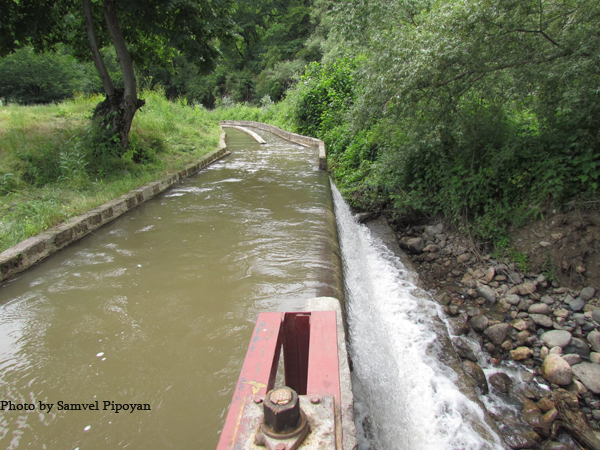 |
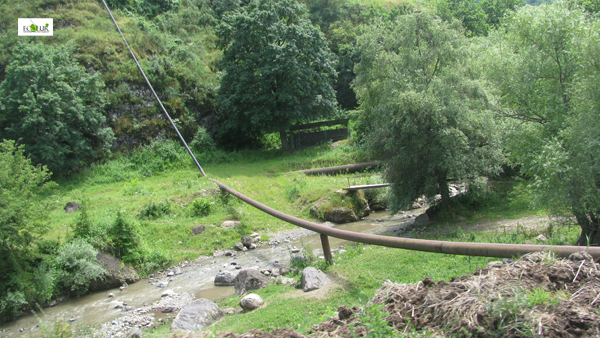 |
 |
 |
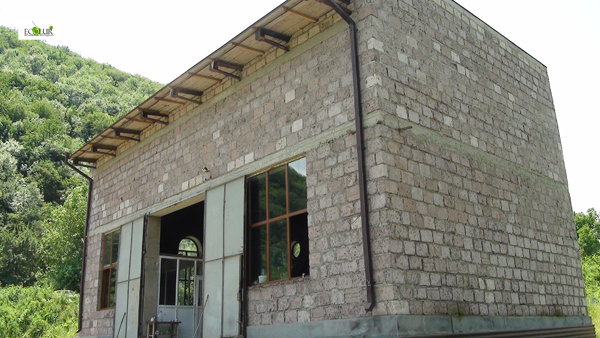 |
 |
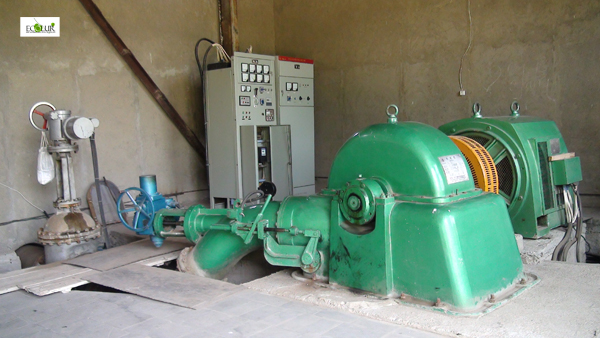 |
 |
 |
 |
 |
 |
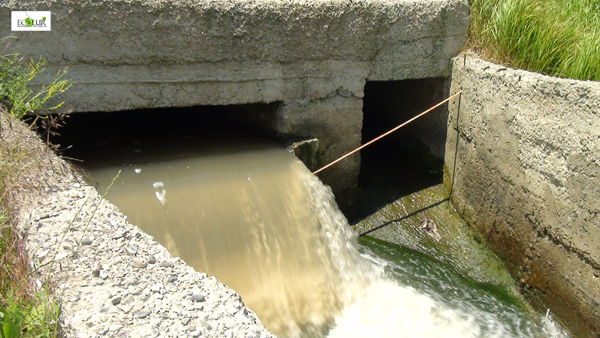 |
 |
The material was developed in the frames of “Supporting reforms in the sector of small hydro power plants through enabling a dialogue between civil society and the Ministry of Nature Protection for sustainable use of river ecosystems” supported by UNDP/GEF Small Grants Programme".
August 21, 2015 at 16:40
